The key to successful online trading is not only offering well-demanded products but using the right e-commerce platform. Best B2B e-commerce websites offer various tools to ease the trading and help you to make it more profitable. But is e-commerce worth trying?
The answer is yes, as each year online trading becomes more and more popular. Some analysts forecast that by 2021 the number of online customers is expected to reach 2.14 billion. And that number will grow with each year, making online commerce a very profitable business. Though it also has its drawbacks. A large number of customers makes it a highly competitive sphere. That’s why people are in constant search of the best B2B e-commerce websites.
A subscription to the right e-commerce platform is the best variant if you are a beginner. In this way, you can be sure to have certain assistance. Various sites offer various tools and functions, like additional advertising, or the possibility to display your products to a selected group of customers. Most software offers these functions for an additional fee, but some are free. So, it is important to choose the most convenient for you!
10 Best E-commerce Subscription Platforms

Choosing the best framework for e-commerce is crucial when it comes to online trading. Here we want to give you the list of the best platforms for e-commerce!
1. Shopify Plus
This platform was created in 2014, and by now it is one of the largest e-commerce websites. Over 1.7 million brands and companies work with Shopify from 175 countries. Generally, the number of sales is estimated at around $314 billion. The site is available in 20 languages. The site also offers one of the best search engines to specify your needs.
The subscription per month depends on your income, but it starts from $2,000.
2. BigCommerce Enterprise
This site is relatively young, as it was founded in 2019, but it has already gained the trust from such companies, like Toyota. This e-commerce platform offers a free-trial subscription model, which is best for newcomers. Moreover, the site is easy to manage.
BigCommerce offers three subscription models:
- Standard. Offers you basic trading features, for $29,95 a month
- Plus. This one is regarded to be the most popular, as it offers you some extended set of functions for quite a reasonable pricing of $79,95 monthly.
- Pro version. Gives you a vast range of tools and functions, for example, the best search engine for profitable e-commerce. This will cost you $299,95 each month.
3. OpenCart
OpenCart is rightfully considered as one of the best frameworks for e-commerce. This one is utterly free to use, with no monthly commissions, which is a great advantage. Besides, it is one of the largest online trading platforms with more than 342,000 customers.
Also, it offers you around 13,000 different themes and modules for your shopping profile, to help you create a popular e-shop.
4. Presta Shop
This is another framework for e-commerce, which is considered to be among the best ones. The number of its users has exceeded 1 million. This website works with more than 250 agencies that will gladly offer their assistance to you.
PrestaShop is also free to use, but if you want some additional functions or themes, you will have to pay small fees.
5. Woo Commerce
This is one more e-commerce platform that offers the best features for a $0 subscription a month! WooCommerce was founded in 2011, and now it supports 26% of online shops. This platform offers various functions and security features. For example, you can hide the prices from unregistered users, also you can create a group of customers, who can see certain products, unavailable to others.
6. Oracle Netsuite
This platform is especially popular with mid-sized businesses. The website offers you several themes and also allows you to customize and improve your shop by using JavaScript, HTML, or CSS.
If you are not very skilled in coding, Oracle Netsuite will gladly offer you already-made templates of themes and codes. To subscribe you will need to pay $2,500 a month.
7. 3dcart
This is one of the oldest online marketing sites, considering that it was established in 2001. The site offers you various functions, including the best e-commerce search engine as it uses the latest SEO optimization.
It also has a reliable security system, like PCI Certified hosting and SSL technology. The price is also very democratic: only $379 each month.
8. TradeGecko
TradeGecko is among the best b2b e-commerce websites worth trying to work with. The company manages orders worth $14 billion from users worldwide. The company has an easy interface and also tries to simplify the trading experience for its users.
TradeGecko offers a free 14-day trial. If you are interested in further cooperation, the subscription prices vary between $39 to $599, depending on which function package you choose.
9. Oro Commerce
This is another popular e-commerce platform, with a built-in CRM system and SEO options. It also supports B2B, B2C, and B2X e-commerce. Oro Commerce also provides you with great security functions, trade analytics, and many other tools that will increase your profits.
The company offers two subscription models:
- Community is a free source, which you can download from the site.
- Enterprise, which opens a lot more exclusive functions for you. To get info about your commissions you will have to write to the team.
10. Magento
Magento is powered by AdobeInc and offers vast functions for its customers. It has decent customer support, a security system and is also one of the best e-commerce search engines that use SEO, CRM, etc.
You can submit to a yearly subscription model for $22,000 or pay $2,000 a month.
What Is B2B E-commerce?

E-commerce is usually subdivided into 2 groups B2B (Business-to-business) and B2C (Business-to-consumer). The division depends on the different customers’ requirements and the customer’s capacity for purchasing.
B2B is a large e-commerce niche, where the sales and purchases are completed between two businesses. Commonly, B2B and B2C stores offer their customers slightly different options, though both provide you with the best e-commerce search engine to improve your trading analytics. And though it is considered to be less popular than B2C, actually it is a lot more profitable than the traditional B2C trading.
B2C implies that the trade is completed between a company and a common customer. When you order a fancy shirt from an online shop, that is considered as B2C e-commerce.
All the frameworks considered to be the best for e-commerce, offer these two options. But, why do they offer different functions to each of these? The key to this answer lies in the purposes of cooperation.
What is the difference between B2B and B2C? You see, B2B customers are usually big companies, which are involved in manufacturing or massive trading. For example, there’s a company that manufactures fabrics and other raw products required for making clothes.
These products are sold to distributors, wholesalers, or straight to the common customer. One company that makes clothes completes several B2B transactions to buy these raw materials. Then it sells the final product, shirt, or pants to an ordinary consumer. There are certain differences between these two online trading niches, which mostly concern the targeted purchaser. That’s why the best b2b e-commerce websites offer different functions:
- Impulsive and Rational buying. Ordinary B2C buyers tend to make impulsive purchases, while B2B tries to plan their spendings.
- Short and long-term customers. Usually, ordinary people don’t stick to one trader. They buy the desired product and “sail away” to search for another. B2B customers try to establish certain cooperation with each other.
Fast delivery and fixed delivery. B2C customers usually focus on the speed of delivery, while B2B requires the delivery to stick to the schedule.
FAQ
Different sources name different platforms when asking this question. So, we decided to name 3 platforms, which are usually put into the top 3: Shopify, BigCommerce and OpenCart. These three are considered to be the best, as they offer a wide range of tools and functions, are very popular among people, and have quite democratic submission fees.
Online trading is not difficult to start, yet, to be successful in it you will have to put in some effort. Quite a lot depends on how you will promote your site
First of all, you should decide if you want to focus more on the trade with other businesses or wholesalers, etc, thus you will be a B2B. Or you simply want to work as a private trader, therefore more as C2C. When you finally define what you would like to do, you should select the platform that offers more advantages to your type of business.
Well, it is not particularly safe, but also it is not that dangerous. Just pay attention to the trader’s site. There are a lot of tricks on how to decipher a scammer.
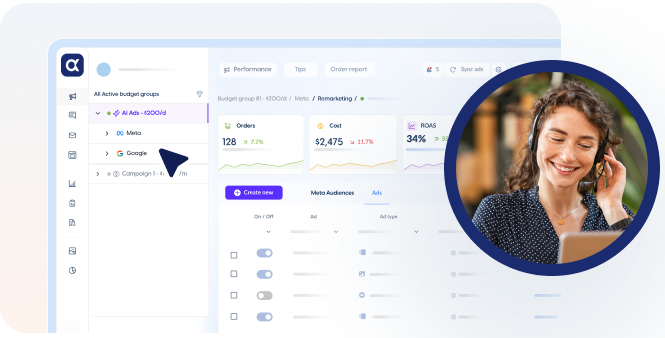

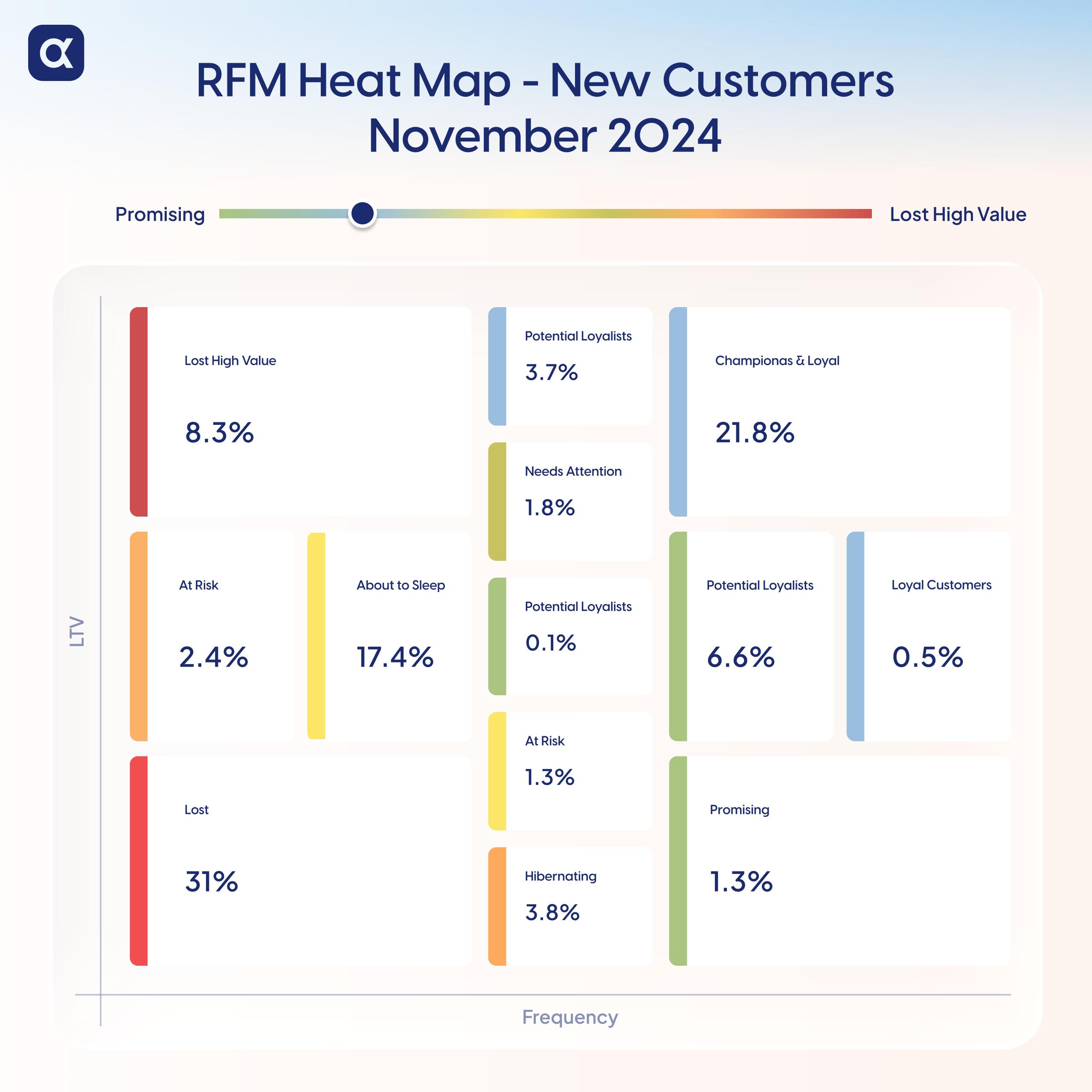
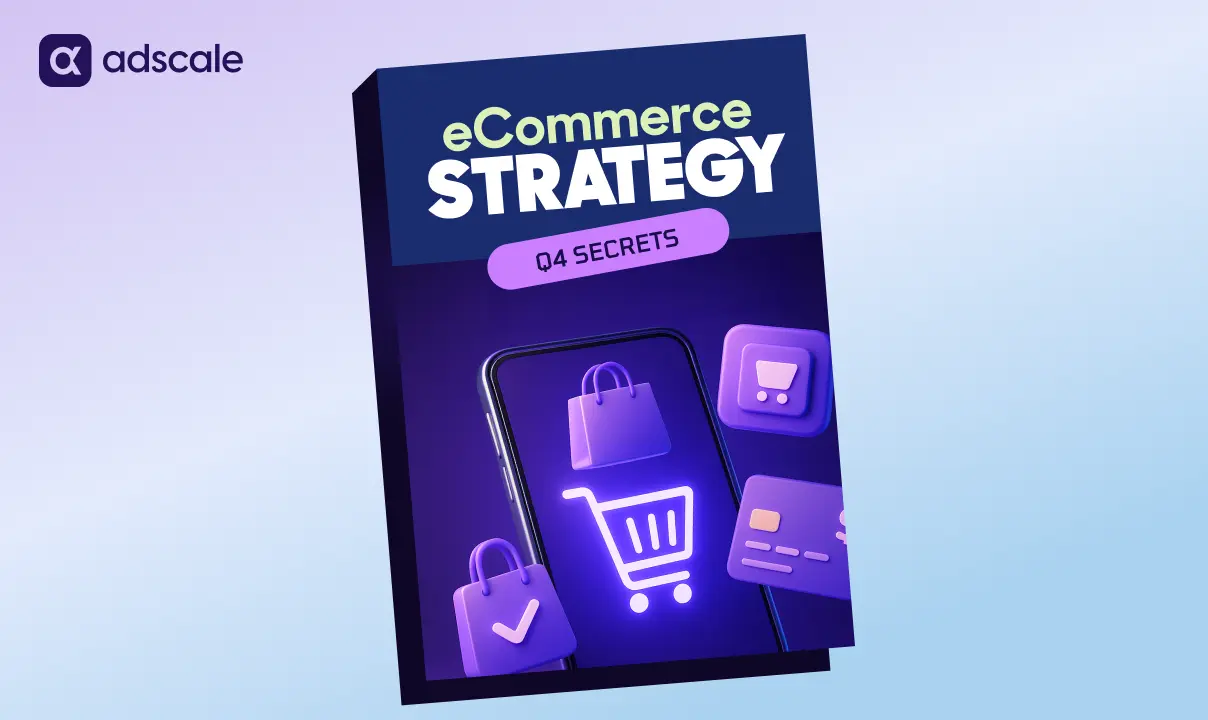


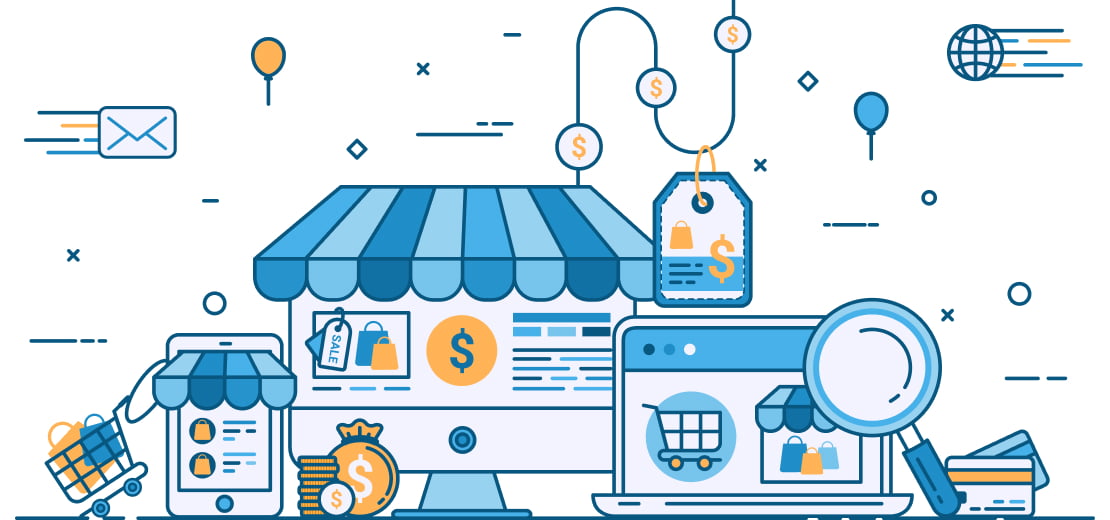
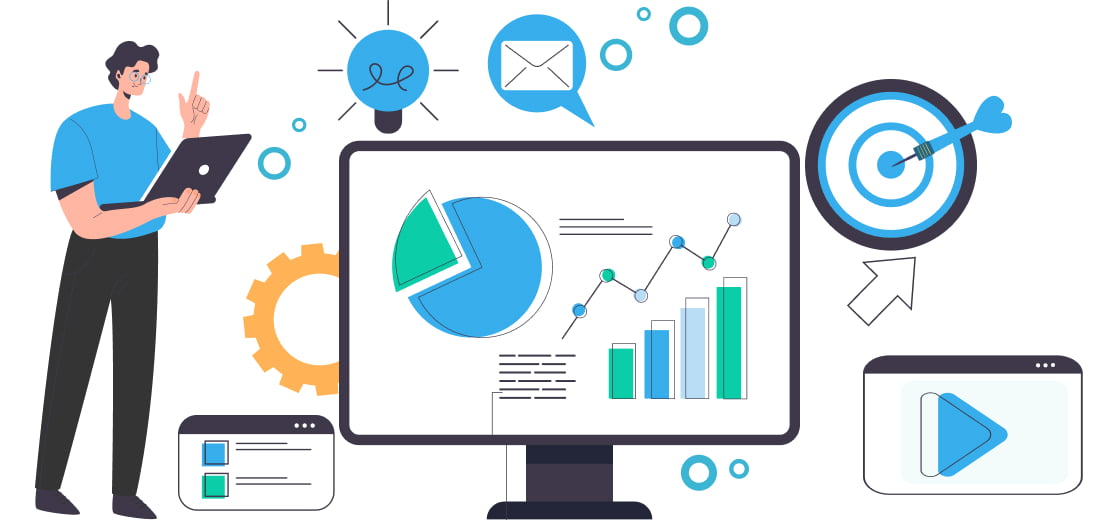
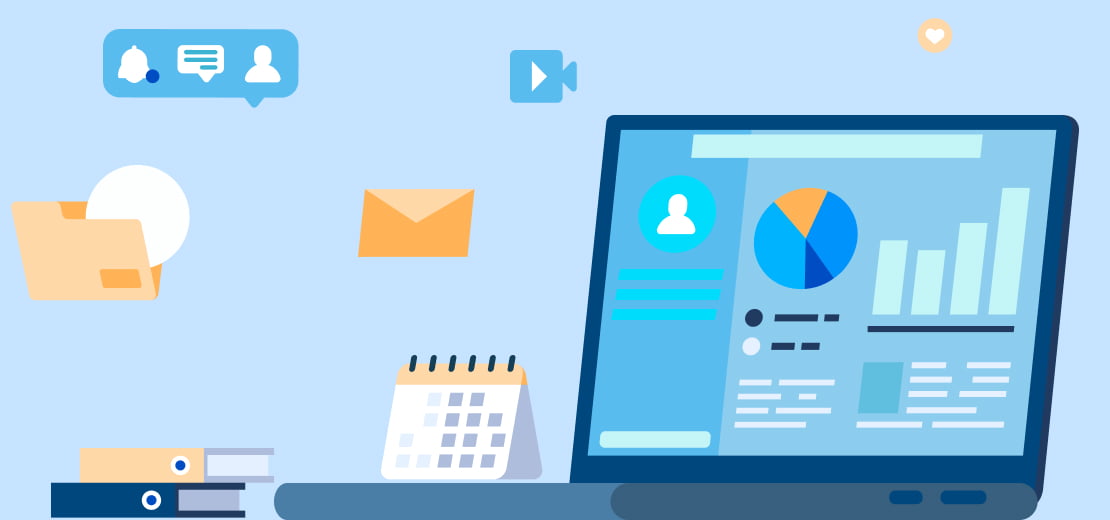





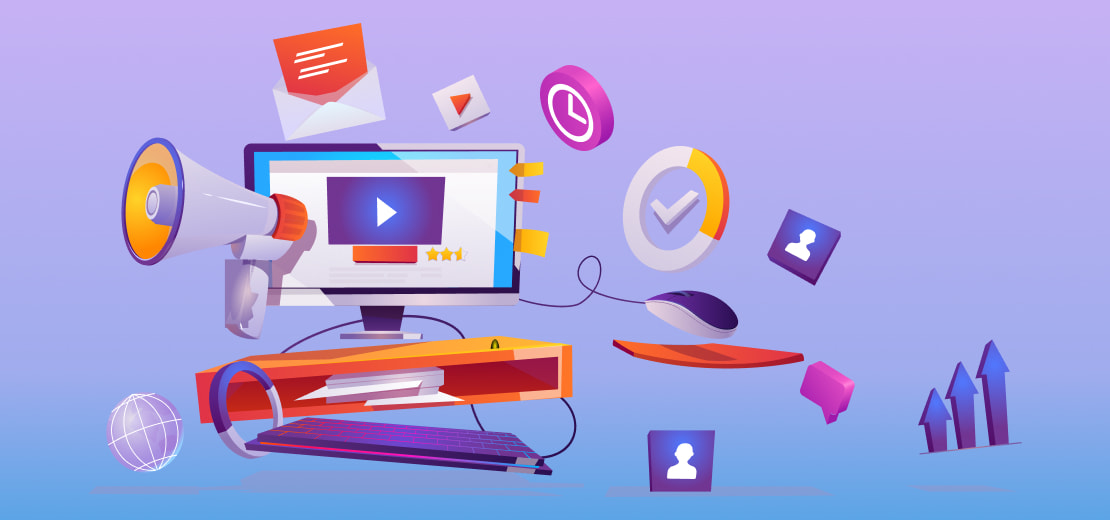





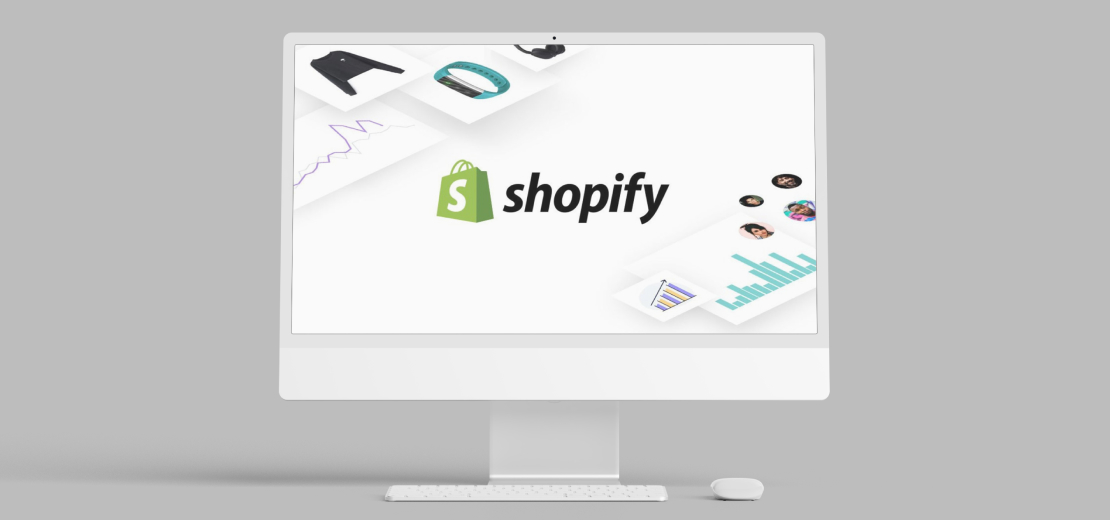
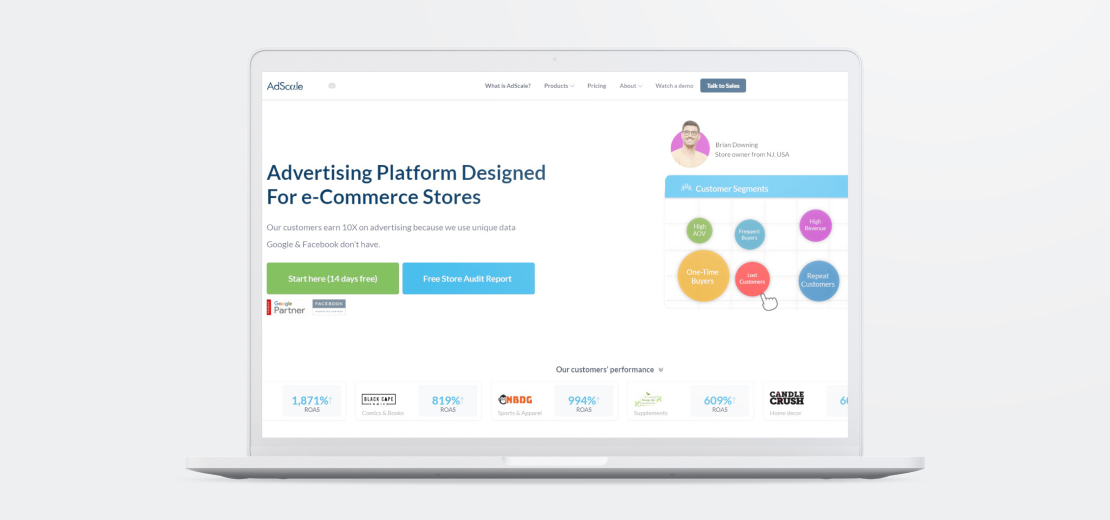
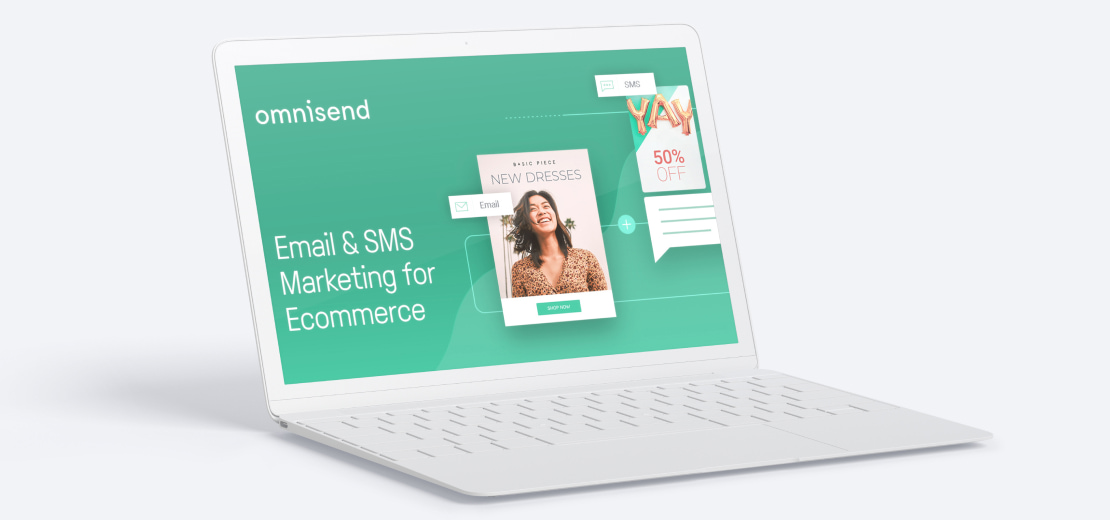
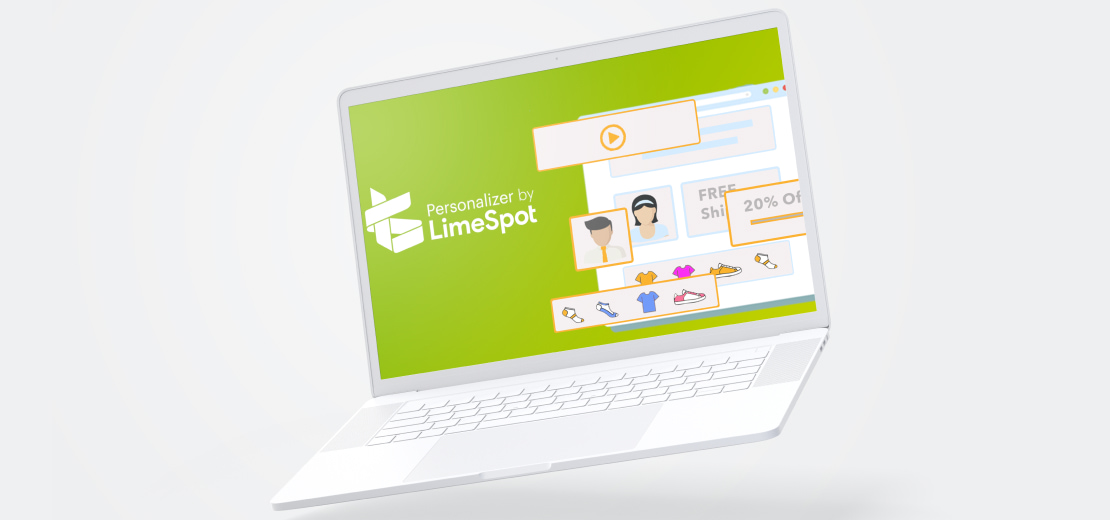

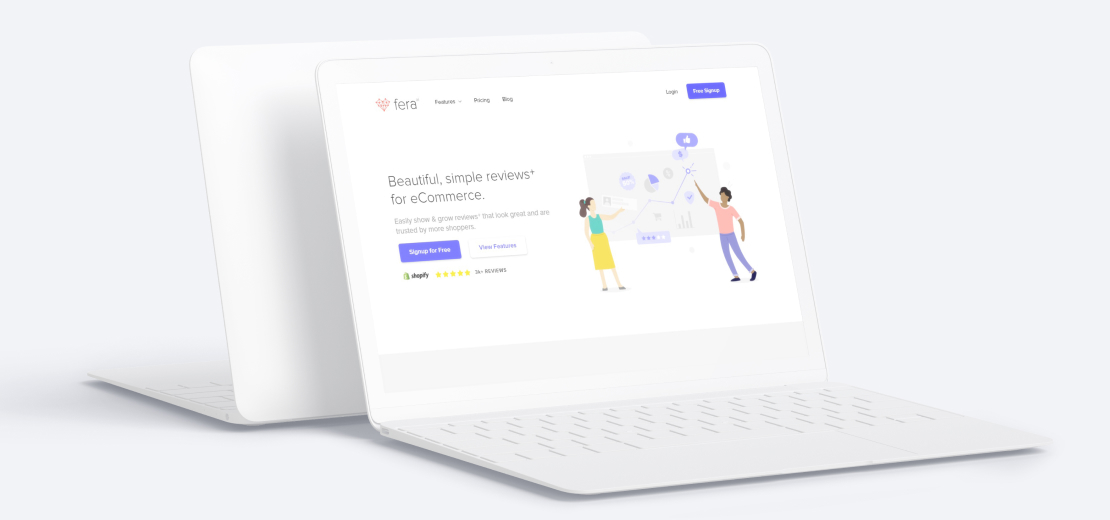

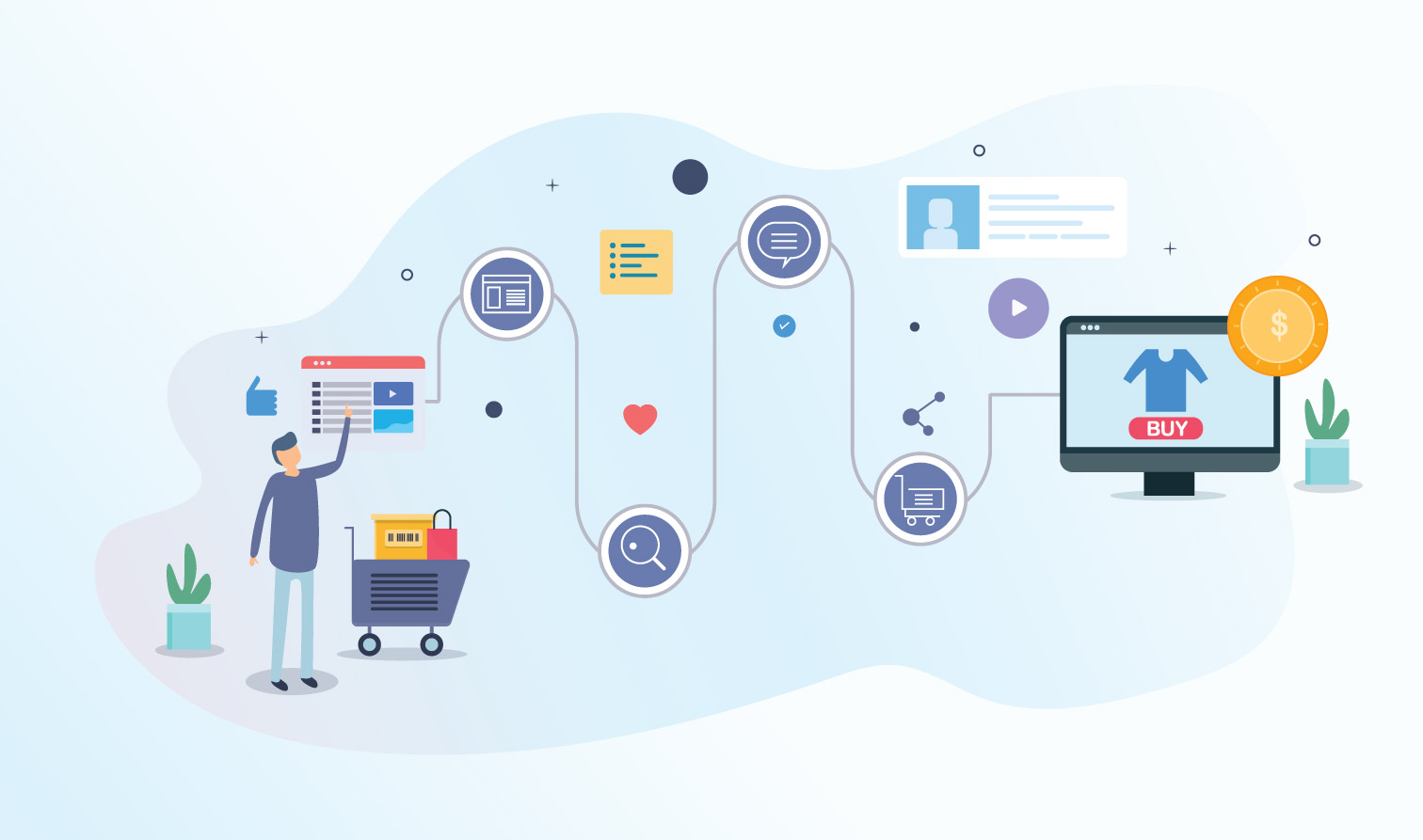
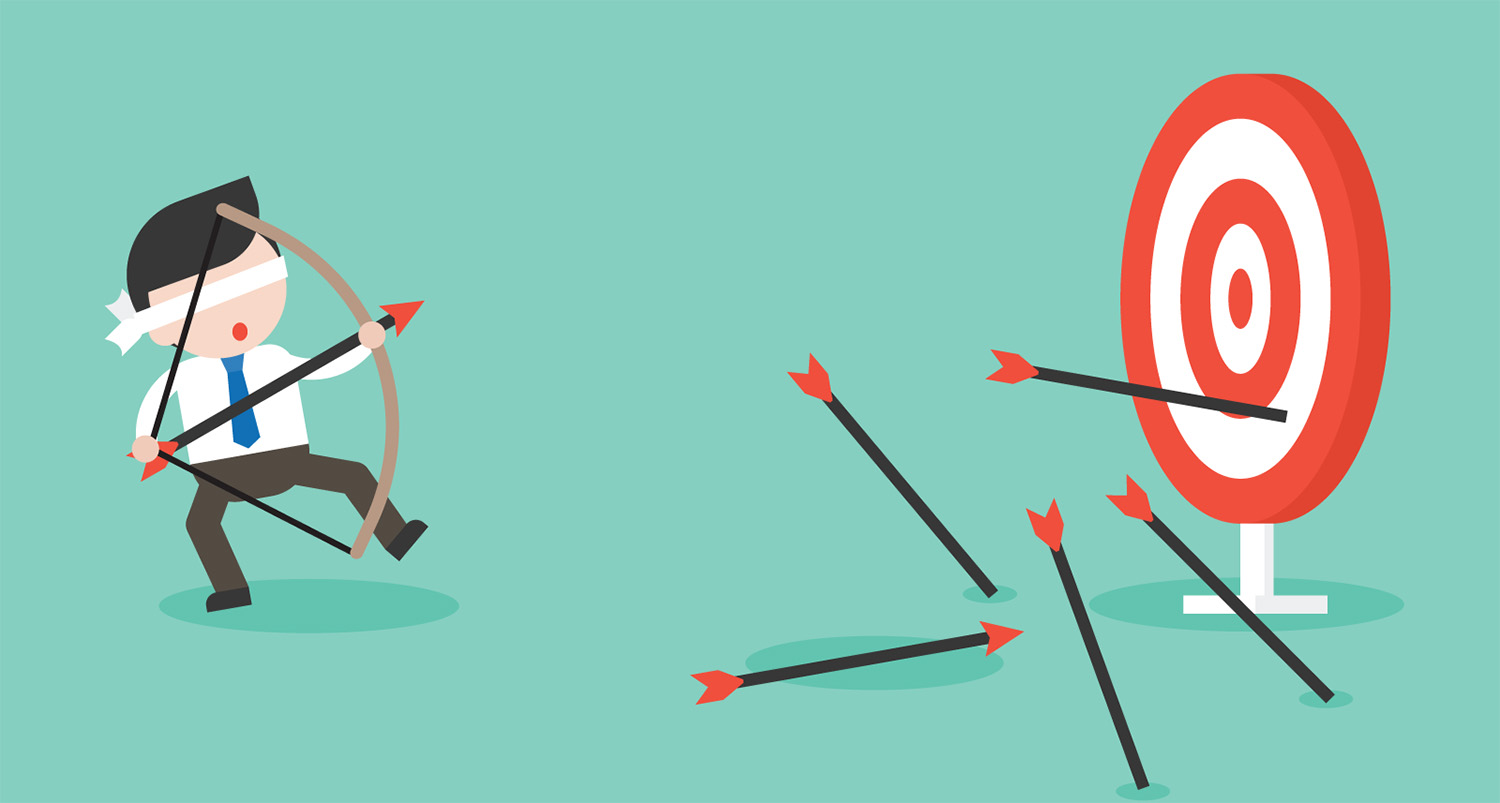

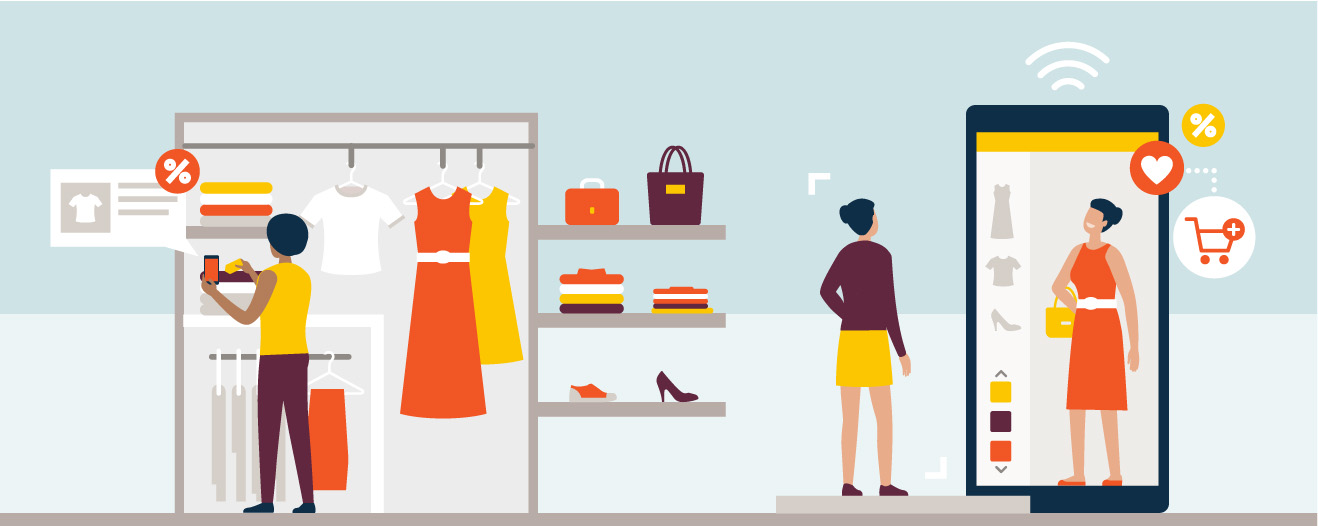

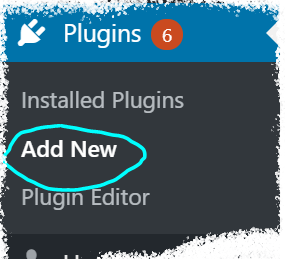
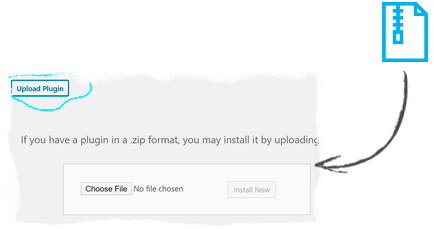
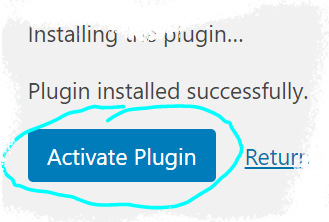
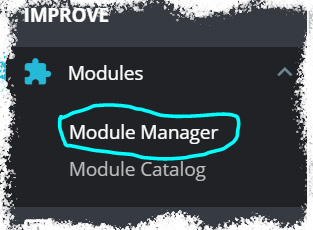
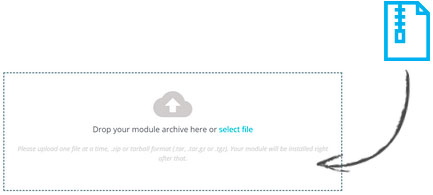
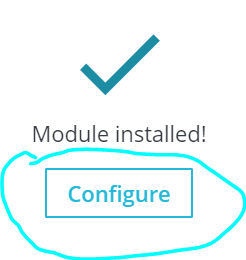



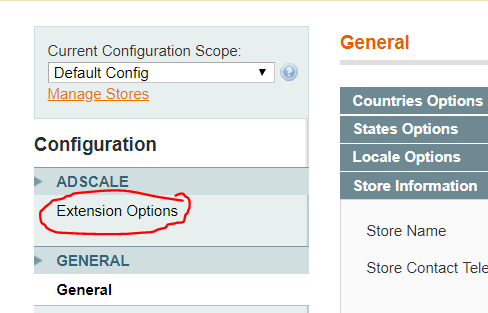
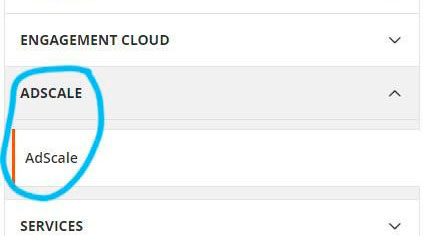
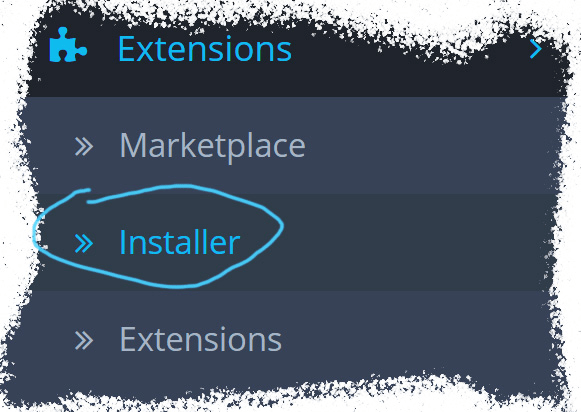
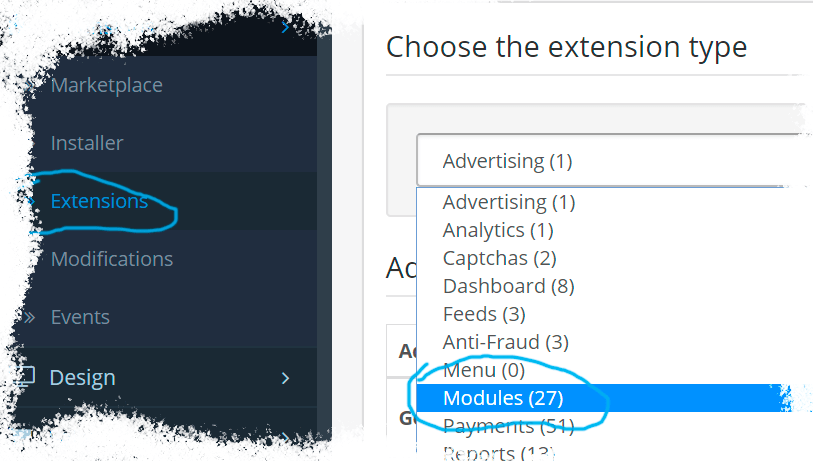
 ,
,